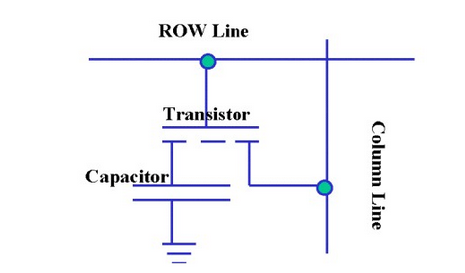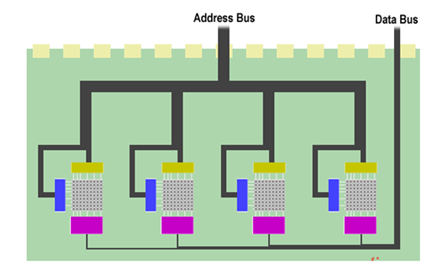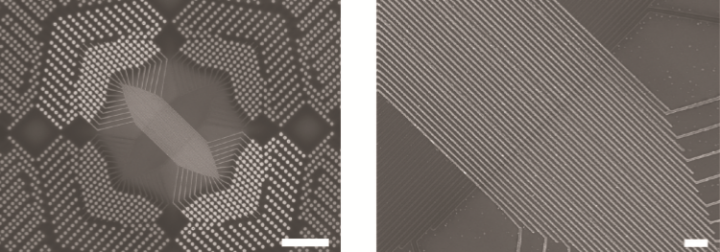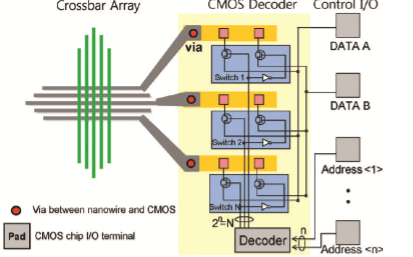RAM, or Random-Access Memory, is a type of volatile memory that allows data to be read and written in any order. However, the data stored in RAM is lost once the power is turned off. This makes it ideal for temporary storage during active computing processes.
RAM is mainly divided into two types: SRAM (Static RAM) and DRAM (Dynamic RAM). The key difference lies in how they store data. SRAM uses flip-flops to store each bit of data, which doesn’t require refreshing as long as power is supplied. On the other hand, DRAM stores data in capacitors, which need to be periodically refreshed to maintain the stored charge. This refresh process is why DRAM is considered dynamic.
The basic memory cell in DRAM consists of a transistor and a capacitor. The transistor controls the flow of current to the capacitor, which holds the data. Here’s a visual representation of a typical DRAM cell:

DRAM typically uses a row-column addressing scheme, where each memory cell is accessed by selecting the appropriate row and column. This structure allows for efficient organization and access of large amounts of data. Modern DRAM is often SDRAM (Synchronous DRAM), which operates in sync with the system clock, enabling faster and more predictable data access.
SDRAM is commonly organized into multiple banks, allowing for simultaneous access to different parts of the memory. This design improves performance and reduces latency. Below is an illustration of a standard DRAM architecture:

Another emerging technology in memory systems is RRAM, or Resistive Random Access Memory. Unlike traditional DRAM, RRAM uses memristors—devices whose resistance changes based on the current flowing through them—to store data. This approach can reduce the number of transistors needed in a memory array, making it potentially more energy-efficient and scalable.
One example of RRAM implementation is the crossbar architecture, which allows for high-density memory storage. In this setup, data is accessed by applying different voltages to specific rows and columns. Here’s a diagram showing a basic crossbar structure:

In this configuration, one voltage is applied to read data, while another is used for writing. This method enables fast and efficient access to stored information. Another image illustrates the basic operation of a crossbar-based RRAM system:

While RRAM is still under development, it shows great potential for future memory technologies due to its non-volatility, speed, and scalability. As research continues, we may see RRAM replacing or complementing traditional DRAM and SRAM in various applications.
Author: Birkee
Link: https://
Source: Knowing
Ethernet Network Connectors,Ethernet Cable Adapter,Ethernet Cable Connector,Internet Cable Connector
Dongguan Zhuoyuexin Automotive Electronics Co.,Ltd , https://www.zyx-fakra.com